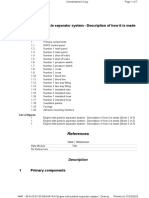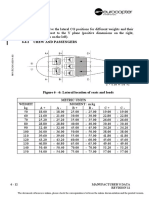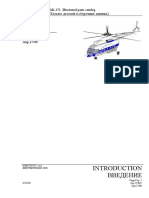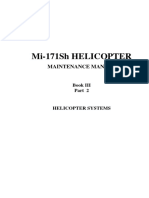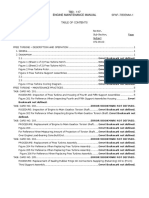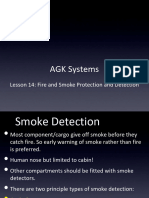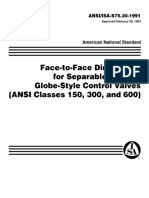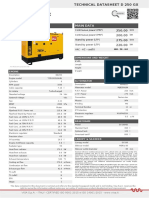100% found this document useful (1 vote)
1K views33 pagesMi-8 Fire Detection and Protection System
The document describes the fire protection system on a Mi-8/17 helicopter. It consists of fire detection using thermocouples, as well as two fire bottles for extinguishing fires. There are four protected compartments - left engine, right engine, main gearbox, and APU. The system uses actuating units to detect fires via connected thermocouple detectors and activate visual and audio warnings as well as discharge the main fire bottle. It then discusses the detectors, actuating units, and fire extinguishing bottles and piping in more detail.
Uploaded by
Yosif NorendoCopyright
© © All Rights Reserved
We take content rights seriously. If you suspect this is your content, claim it here.
Available Formats
Download as PDF, TXT or read online on Scribd
100% found this document useful (1 vote)
1K views33 pagesMi-8 Fire Detection and Protection System
The document describes the fire protection system on a Mi-8/17 helicopter. It consists of fire detection using thermocouples, as well as two fire bottles for extinguishing fires. There are four protected compartments - left engine, right engine, main gearbox, and APU. The system uses actuating units to detect fires via connected thermocouple detectors and activate visual and audio warnings as well as discharge the main fire bottle. It then discusses the detectors, actuating units, and fire extinguishing bottles and piping in more detail.
Uploaded by
Yosif NorendoCopyright
© © All Rights Reserved
We take content rights seriously. If you suspect this is your content, claim it here.
Available Formats
Download as PDF, TXT or read online on Scribd
/ 33
















